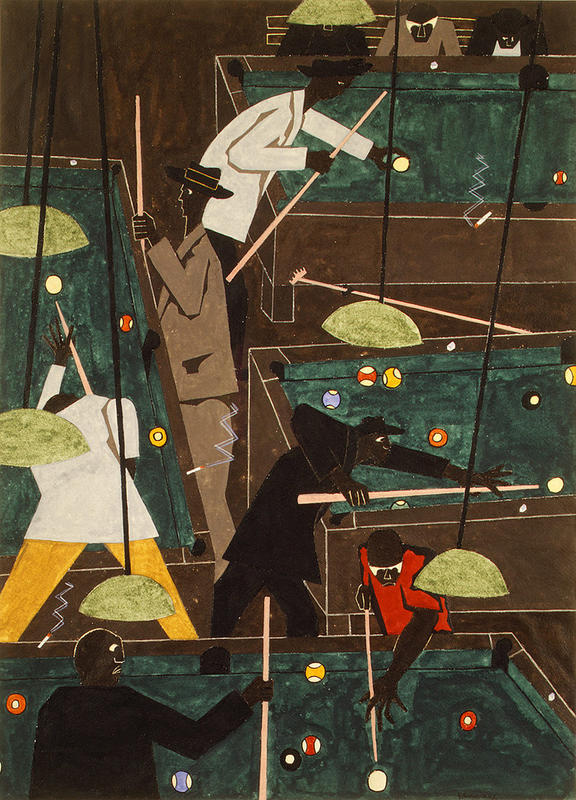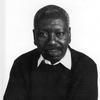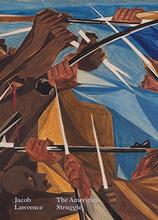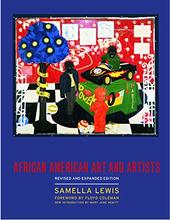More about Pool Parlor
- All
- Info
- Shop

Contributor
No matter how you feel about pool personally, you can’t deny its popularity as what some would call a skeevy, low-class den of iniquity and what some would call a center of community and social connection.
Either way, Jacob Lawrence captures the life of the parlor, and it doesn’t seem so bad—but hold on, this pool party seems a little topologically challenging. This writer doesn’t claim to know very much about pool, but it seems like the kind of game that would be hard to play when the planes defined by the table edges don’t line up, and when other players are starting to glitch into the spaces between the tables. Forget about the typical dangers of secondhand smoke; you easily could cut yourself on the jagged smoke wafting from the cigarettes left out on the tables. It’s not quite as intentionally headache-inducing as an average Escher, but it has enough questionable physics that it gets there after a while.
Lawrence, an African-American artist working in the middle of the last century, and as such dealt with even worse and more open racism than present today. The art media of his time tended to class his work as “modern primitive” (yikes), and the New York Sun wrote, “He is particularly easy in his use of color which is so uninhibited and tropical that it might have come straight from the African equator without any dilutions in Harlem” (yikes). Making these judgments even more ironic, he actually went through a good deal of artistic schooling within his community (but who’s expecting bigots to do proper research when they have a stereotypical narrative to tell, to be honest). Although having to deal with this discrimination, Lawrence, like Romare Bearden and Faith Ringgold, made a truly impressive amount of paintings expressing the experience of black Americans during World War II and the Harlem Renaissance. Lawrence also stated that his series depicting daily Harlem life, with all its hardships and beauty, was “a portrait of myself.” So, if you feel like getting into extreme forms of empathy and multiplicity of being and so on and so forth, this painting is technically another selfie!
In the course of talking about his art, Lawrence made some other interesting connections and comparisons. He once said, “people of my mother's generation would decorate their homes in all sorts of color... so you'd think in terms of Matisse." Now, it’s up to you whether you think his work is an improvement on that influence, but I’ll take an artist painting about the life of an underrepresented group and moment in history in a brain-bending style over yet another partially nude tribute to Orientalism by a white man any day.
Sources
- “Biography: Jacob Lawrence.” American Art at The Phillips Collection. http://www.phillipscollection.org/research/american_art/bios/lawrence-b….
- Paul, Stella. “Modern Storytellers: Romare Bearden, Jacob Lawrence, Faith Ringgold.” In Heilbrunn Timeline of Art History. New York: The Metropolitan Museum of Art, 2000–. http://www.metmuseum.org/toah/hd/most/hd_most.htm (October 2004)
- Ott, John. “Battle Station MoMA: The Armed Forces and the Desegregation of the Art World.” In American Art 29, No. 2. Fall 2015: 58.
- Sims, Lowery Stoke. Challenge of the Modern: African American Artists, 1925-1945. New York: The Studio Museum in Harlem, 2003.













